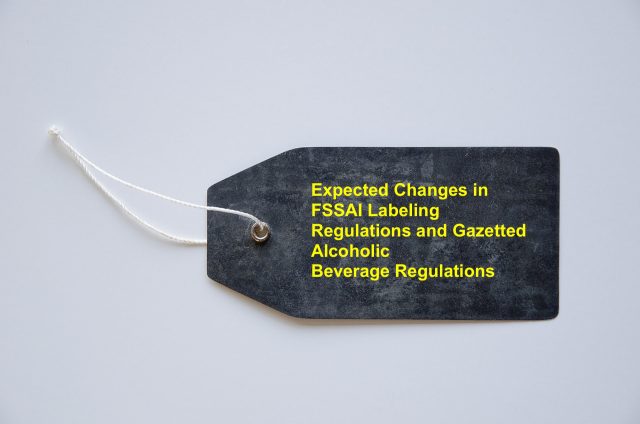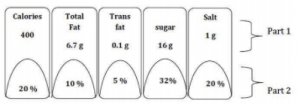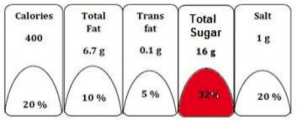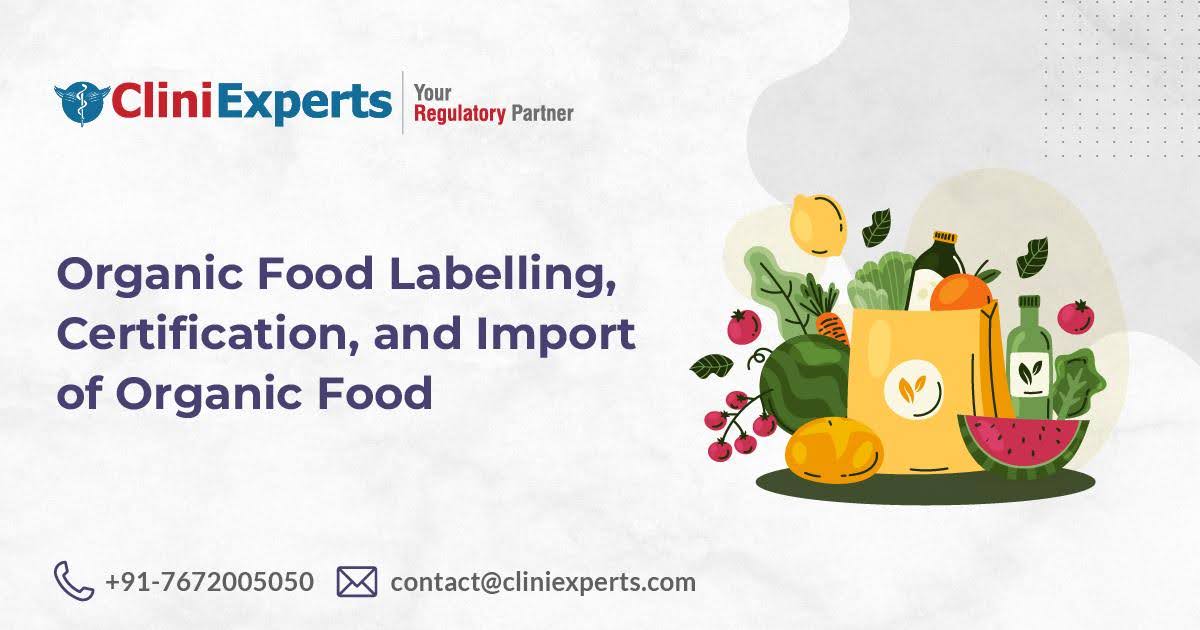Expected Changes in FSSAI Labeling Regulations and Gazetted Alcoholic Beverage Regulations

The Food Safety and Standards Authority of India on April 5, 2018, published a gazette notification of Food Safety and Standards (Alcoholic Beverages) Regulations 2018 and on April 11, 2018, it published the Draft Food Safety and Standards (Labelling and Display) Regulations, 2018.
Aiming towards quality and safety of to-be-consumed alcoholic beverages, the regulations deal with food safety and labelling requirements in alliance with the FSS Act, 2006, and the Regulations, 2011, thereunder.
The FBOs (Food Business Operators) have been instructed by the regulator to ensure compliance with the Alcoholic Beverages standards with effect from April 1, 2019.
According to the Food Safety and Standards Act, 2006, alcoholic beverages fall under the definition of food and the FSS (Food Products Standards and Food Additives) Regulations, 2011, has the standard for only one alcoholic beverage i.e., toddy under the Clause (1) of the Sub-Regulation 2.10.5 related to – Alcoholic Beverages.
The gazette notification provides the definition specifying the standards for alcoholic beverages namely, brandy, country liqueur, gin, rum, vodka and whisky, liqueur or alcoholic cordial, wines and, beer. It also specifies the requirement for labelling of alcoholic beverages.
The labelling requirements include specifications such as declaration of alcohol content; standard drink label; no declaration of nutritional information; no health claim; restriction on words ‘non-intoxicating’ or words implying similar meaning on label of beverage containing more than 0.5 per cent alcohol by volume; wine labelling; allergen warning; and statutory warning:

Alcoholic beverages other than wine which contain less than 10 percent alcohol shall mention the date, month and year of expiry on the label, which shall precede by the words “Expiry date _____” or Use by ______.” However, the manufacturer may use the expression “Best before” as optional or additional information.
FSSAI’s Draft on labelling regulations has made it mandatory for FBOs to declare genetically-engineered (GE) or modified (GM) foods, for all food products having five percent or more genetically-engineered ingredients. The total GE ingredients shall be of the top three ingredients in terms of their percentage in the product. The labelling shall read, “Contains genetically-modified organisms (GMO)/Ingredients derived from GMO”.
FSSAI has also defined high fat, sugar and salt (HFSS) foods as processed food products having high levels of total fat or trans-fat or total sugar or salt.
According to the draft, the following information shall be declared on the front portion of the pack: Name of the food product; declaration whether it is vegetarian or non-vegetarian; per serve contribution of energy, total-fat, trans-fat, total sugar and salt (sodium chloride) to the recommended dietary allowance (RDA) as per the format indicated below:

Part-I: Declares the amount of energy, total fat, trans fat, total sugar and salt (sodium chloride) per serve;
Par-II: Declares the per serve percentage contribution to RDA as provided under Regulation 4.2 (3) (b);

The block(s) of nutrient(s) for high fat, sugar and salt (HFSS) food shall be colored red as depicted above, in case the value of energy (kcal) from total sugar is more than 10% and from trans-fat is more than 1% of the total energy (kcal) provided by the 100g/100ml of the product; The threshold values for energy (kcal) from total fat or sodium content provided by the 100g/100ml of the product have been specified in Schedule–I.
According to the draft, nutritional information per 100g or 100ml of the product and per serve percentage contribution to RDA calculated on the basis of 2,000 kcal energy, 67g total fat, 2g trans-fat, 50g total sugar and 5g salt (sodium chloride) required for the average adult per day, shall be given on the label containing the following:
- Energy value (kcal);
- The amount of
- Protein (g);
- Carbohydrates and sugars (g);
- Total fat (g), saturated fat (g), trans-fat (g) and cholesterol (mg); Provided that the amounts of saturated fat and trans-fat may be declared on the label as “not more than”.
- Salt (sodium chloride)
FSSAI explained that serving or serve size refers to the amount of food customarily consumed per eating occasion or as defined on the label which is expressed in metric units. Additionally, it may also be mentioned in terms of common household measures like teaspoon, tablespoon and cup that is appropriate to the respective food product.
However, food for catering, hospitals, restaurants and food service vendors are exempted from these norms along with food made up of single ingredients like sugar, jaggery, salt, spices, non-nutritive products, like coffee, tea, packaged fresh fruits and vegetables, seafood, etc.
The draft also specifies the following conversion factors, required to calculate the amount of energy to be listed:
(A) Carbohydrates: 4kcal/g
(B) Polyols except erythritol: 2kcal/g
(C) Erythritol: 0kcal/g
(D) Protein: 4kcal/g
(E) Fat: 9kcal/g
(F) Alcohol (ethanol): 7kcal/g
(G) Organic acid: 3kcal/g
“Nutritional information may additionally be provided in the form of bar code/global trade identification number (GTIN),” said the draft.
For vegetarian products, a green color-filled triangle inside a square with a green outline, has also been prescribed for the FBOs

Whereas, a brown color-filled circle inside a square with a brown outline for non-vegetarian products with specified size.

Further the draft also prescribed a black-colored cross inside a square with black outline, for food material not meant for human consumption.

material not meant for human consumption.
The draft says declaration regarding vegetarian or non-vegetarian shall also be prominently displayed as mentioned in this regulation on the pamphlets, leaflets and advertisements in any media, for the food product.
Respective to the date markings, the draft explains that, “The date of manufacture or packaging and expiry/use by shall be declared on the label. Besides, the expression best before may also be used as optional or additional information.
FSSAI also explains – “In case of imported food, the country of origin of the food shall be declared on the label of food imported into India. When a food undergoes processing in another country which changes its nature, the country in which the processing is performed shall be considered to be the county of origin for the purposes of labelling”.
The draft also stated that the area of the principal display panel shall not be less than 40 percent of the total packaging in case of rectangular and cylindrical packages whereas 20 percent in case of other shapes. However for packages having a capacity of 10 cubic centimeters or less, the principal display panel may be a card or a strip of tape affixed firmly to the package and bearing the required information.
For packaging of fortified food, the label should carry the words “fortified with …… (name of the fortificant) and the specified logo. It must also carry a tagline “Sampoorna Poshan Swasth Jeevan”. In case of organic products, the label shall carry the logo of Jaivik Bharat.
The FBOs needs to label their product according to the new norms mentioning the details, once the draft is accepted and adopted as a final regulation.
We at CliniExperts provide regulatory services for compliance of food product and beverages, both alcoholic and non-alcoholic, functional foods, nutraceuticals, dietary supplements, etc. For more information, please reach us at contact@cliniexperts.com
REFERENCE
- Draft on Food Safety and Standards (Labelling and Display) Regulations, 2018. F.No 1-94/FSSAI/SP(Labelling)/2014(Pt-2). FSSAI. April 11, 2018
- Gazetted Food Safety and Standards (Alcoholic Beverages) Regulations, 2018. F. No. 2/SA-24/2009(1)/FSSAI- Dated 19th March, 2018, Published on April 5, 2018
Saurangi is a food regulatory expert with 8 years of experience. She shares her knowledge and insights on regulatory updates, food trends, best practices, and news. Follow her for expert insights and practical advice on all things for food regulatory
Saurangi Shah
CliniExperts Services Pvt. Ltd.
Recent Posts
Organic Food Labelling In India| Certification, and Import of Organic Food in India

This Article is All About Organic Food Labelling In India and Certification, and Import of Organic Food in India. Explained in Detail About What is Organic Food labelling? Summary Short Description Wi..
Cosmetic Label Compliance India : A Guide to Compliance

Introduction Looking for Cosmetic Label Compliance India? Are you a cosmetic manufacturer or importer navigating the complex world of Indian regulations? Ensuring your product labels comply with the l..
Clinical Investigation Approvals: An Overview of Forms MD-22 and MD-23

Summary Short Description Strict regulatory protocols govern clinical investigations for medical devices. Central to this process are forms MD-22 and MD-23. Form MD-22 is an application to Central Lic..
HAVE A QUERY?
REACH US!Office
New Delhi
Unit No. 324 & 325, City Centre Mall, Plot No. 5, Sector 12, Dwarka, India - 110075
+917672005050
Bengaluru
RMZ Galleria, 1st floor, Ambedkar Colony, Yelahanka, Bengaluru, Karnataka, India – 560064
Call us on
Sales: +91 7672005050
Reception: +91-11-45214546
Timings
9 am to 6 pm (Monday to Friday)


